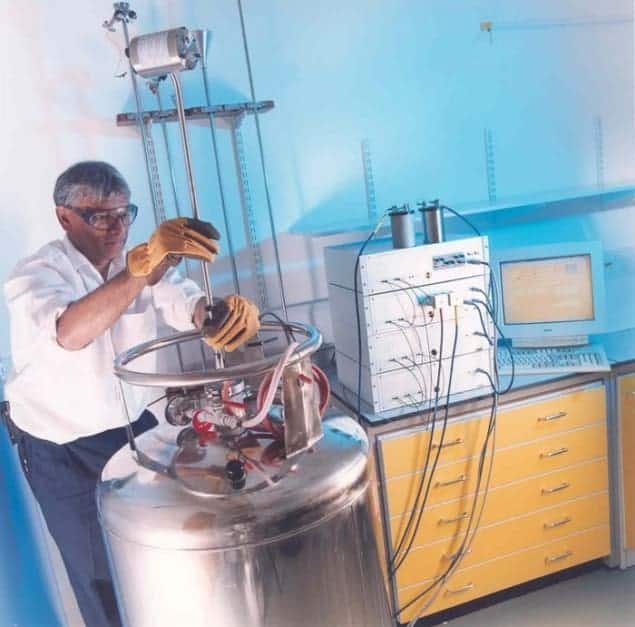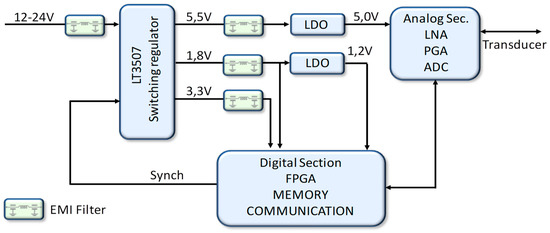TheOctopus
Banned
- Joined
- Apr 4, 2013
- Messages
- 1,622
- Thread Author
- #81
I wired the surgery rooms and worked on the distribution switchgear at the University of Washington Medical Pavilion. I would say no. They do not have any specialied filtration systems so to speak. In each surgery room the power from the main switchgear goes to a battery UPS switchboard. From there it is fed to a panel at each surgery room with a isolation transformer. Its not a very sophisticated system.
And the fact that hospitals are purchasing the Shunyata equipment tells the whole story. Maybe you should get on the phone and start calling hospitals and labs. Explain who you are and advise them they are being fleeced. That the improved performance they are realizing is subliminal. They want it to be better so it appears so when its really is not.
It is possible things have changed. 5 years ago when I was bidding and PM electrical distribution packages for hospitals and data centers for Square D, the emphisis was on uninterrupted power and back up. As well as grounding. I did not see any radical breakthrough technology to quote on the blueprints. It was a pretty standard package.
I have no idea which hospitals are buying what. Does anyone know? I don't care what the audio manufacturer would say to be honest and not to sound offensive. I already mentioned that I worked with top health equipment providers in the world like Siemens, GE, Hitachi, Toshiba and many others. When I was setting up radiology departments, I would have never allowed any external or aftermarket equipment to be used due to liability issues and insurance policies that would have loved to hear about that aftermarket power cord if something happened. It was always all the equipment provided by the company and strict preventive maintenance practices with field engineers of the equipment. If other hospitals are buying power conditioners and power cords, that is their problem but I would have never taken that responsibility on my myself or put the institution at risk. I am sure Shunyata makes great products, my doubts of such things aside, but many do not even have a UL rated and listed product. That's a big NO for the health industry.
Trust me, when you are dealing with equipment that makes the liquid nitrogen, cryogenically chilled superconductor cables, drawing so much current as to make them dance, as the gradient coils are pulsing RF into the patient, to make the MRI machine see the hydrogen atoms/water map of your body (your organs), those companies think of everything, including power demands and how to keep power clean and provide so much power to begin with. Surgical suites and their equipment is state of the art in most places too, at least in the bigger cities.


